
Celebrate the Top 100 Thought Leaders & Content Creators in Psychedelics
Explore By Substance
5-MeO-DMT
5-MeO-DMT (5-methoxy-N, N-dimethyltryptamine) is a short acting, serotonergic psychedelic, found naturally in the venom of the Sonoran Desert Toad (Bufo Alvarius). 5-MeO-DMT is gaining popularity as an effective tool for spiritual exploration and healing due to its extremely powerful psychoactive effects.

Ayahuasca
What is unique about ayahuasca is that it is a concoction of two plants, the combination of which is essential for the ayahuasca experience. Combining two plants to use as medicine may not seem groundbreaking in and of itself, but the fact that if one is taken without the other, the experience is entirely different, and arguably non-existent, is what makes the discovery of ayahuasca so surprising.

DMT
For millennia indigenous-American tribes have consumed N,N-dimethyltryptamine (DMT) as a key ingredient in sacred botanical brews, such as ayahuasca, and snuffs, such as yopo, as part of religious ceremonies in Central and South America.
Ibogaine
Ibogaine is a naturally occurring indole alkaloid derived from the roots of an threatened species of perennial rainforest shrub called Tabernanthe iboga. Ibogaine, which is believed to have potent anti-addictive properties, has been used by the indigenous peoples of central west Africa for centuries.

Ketamine
Though ketamine gained a reputation for being dangerous and easily misused and abused, it wasn’t until 1999 that the US classified it as a Schedule III controlled substance. While it is often associated with the party scene, ketamine therapy is helping change the lives of many with severe depression, PTSD, OCD and even chronic migraines.

LSD
In 1938, a Swiss chemist by the name of Albert Hofmann, working out of Sandoz Pharmaceuticals, became the first man to synthesize Lysergic Acid Diethylamide (LSD). Active at the microgram level (one-thousandth of a gram), LSD is the most potent psychoactive drug known to humankind.

MDMA
The MDMA molecule bears structural resemblance to stimulants and some psychedelics, invoking feelings of euphoria, empathy, and boundless energy. MDMA also intensifies sensory perception, enhancing one’s appreciation of music and color which makes it one of the most popular drugs among festival-goers and electronic dance music fans alike.

Mescaline
In the 16th century, Spanish chroniclers attempted to eradicate ritual use of peyote cactus among indigenous American cultures, which led to the plant’s eventual prohibition in 1720. In the face of adversity, several indigenous communities righteously persevered, continuing and preserving their sacred practice in clandestine secrecy, and even managing to spread it widely over the last 150 years.

Peyote
Peyote is a green spineless cactus that contains the classic psychedelic compound mescaline. Numerous Mesoamerican cultures, including the Huichol (Wixárika), the Cora (náayeri), the Tepehuanes, the Tonkawa, the Mescalero, and the Tarahumara (Rarámuri) have long regarded the plant as sacred, using it in spiritual and healing ceremonies for millennia.

Psilocybin
While evidence suggests that psilocybin mushrooms have been historically used in ritual settings for spiritual and medicinal purposes, they have gained popularity for recreational use, and clinical research on the therapeutic effects of psilocybin is promising.
.png)
Salvia divinorum
Salvia is a psychotropic flowering herb from the Lamiaceae, or mint, family. Salvia’s large green leaves contain the powerful psychoactive compound, salvinorin A. Salvia leaves are used for medicinal and religious purposes by Mazatec shamans in the Mexican state of Oaxaca, and they are often used recreationally in the west.
.png)
San Pedro
Since prehistory, San Pedro has been instrumental to Peruvian cultural traditions. in northern Peru in particular, it has been a tool to facilitate the shaman’s ‘‘journey’’ for healing purposes. Throughout this period, the visionary cactus has been known by many names, including huachuma or achuma.


Explore By Use Case






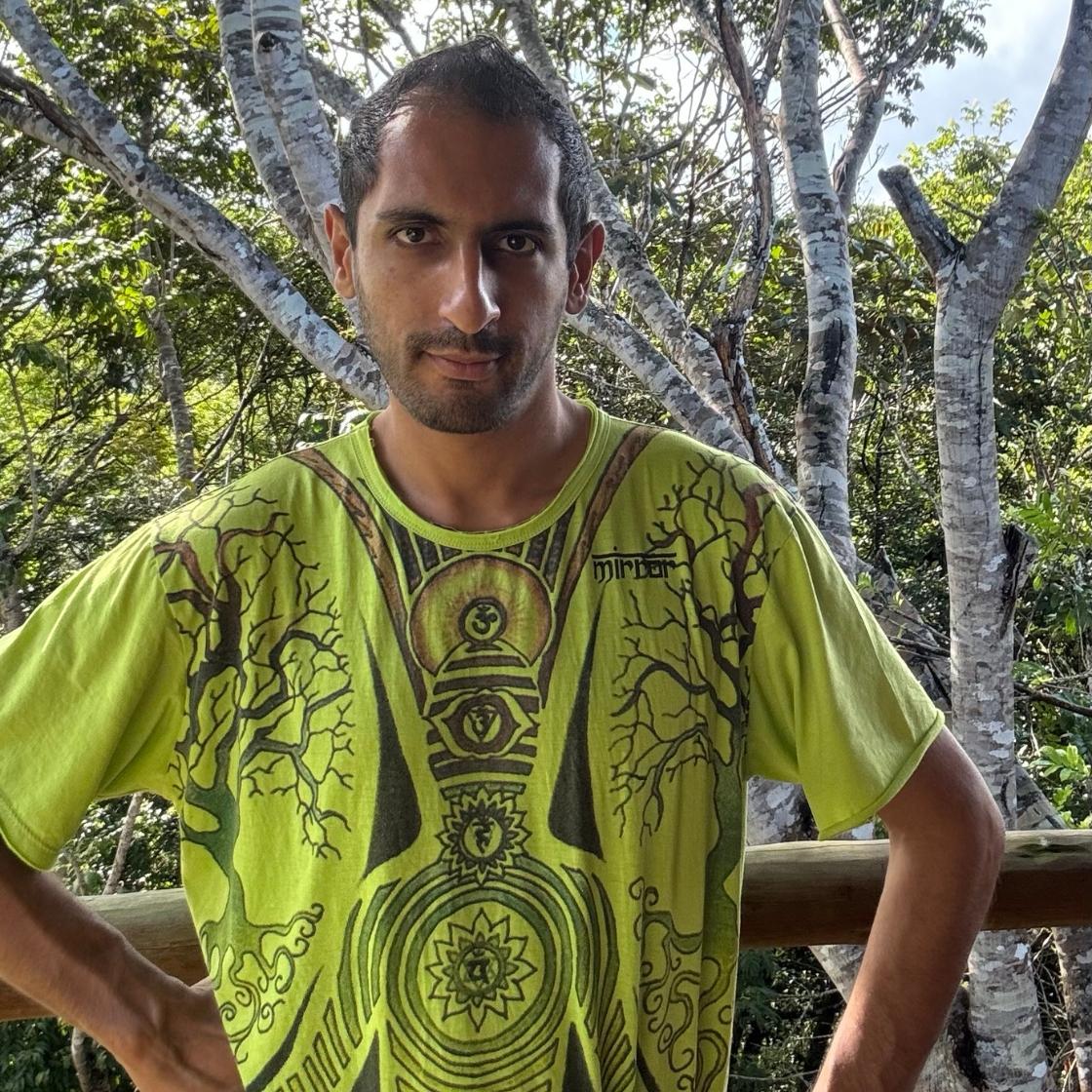

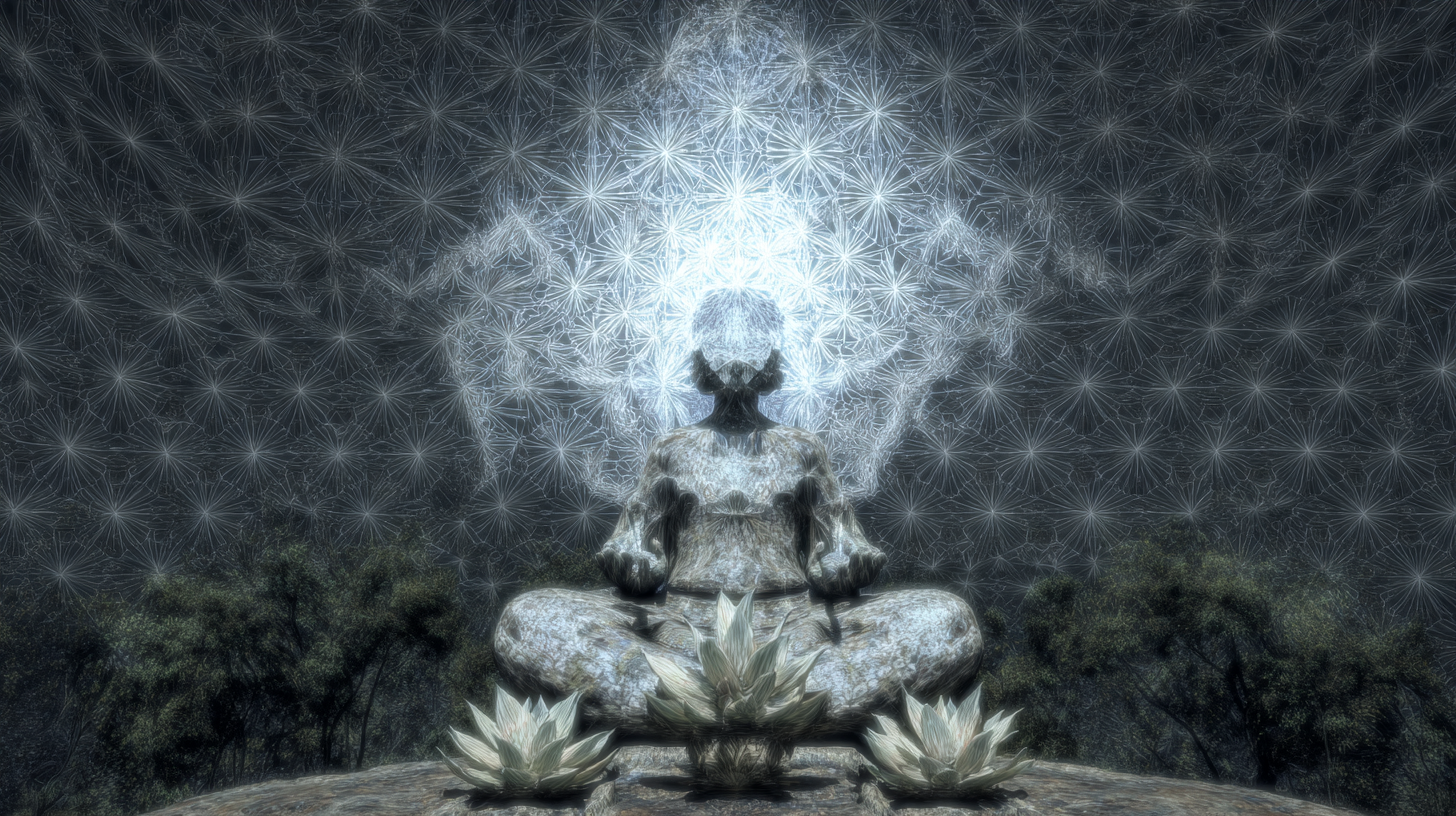
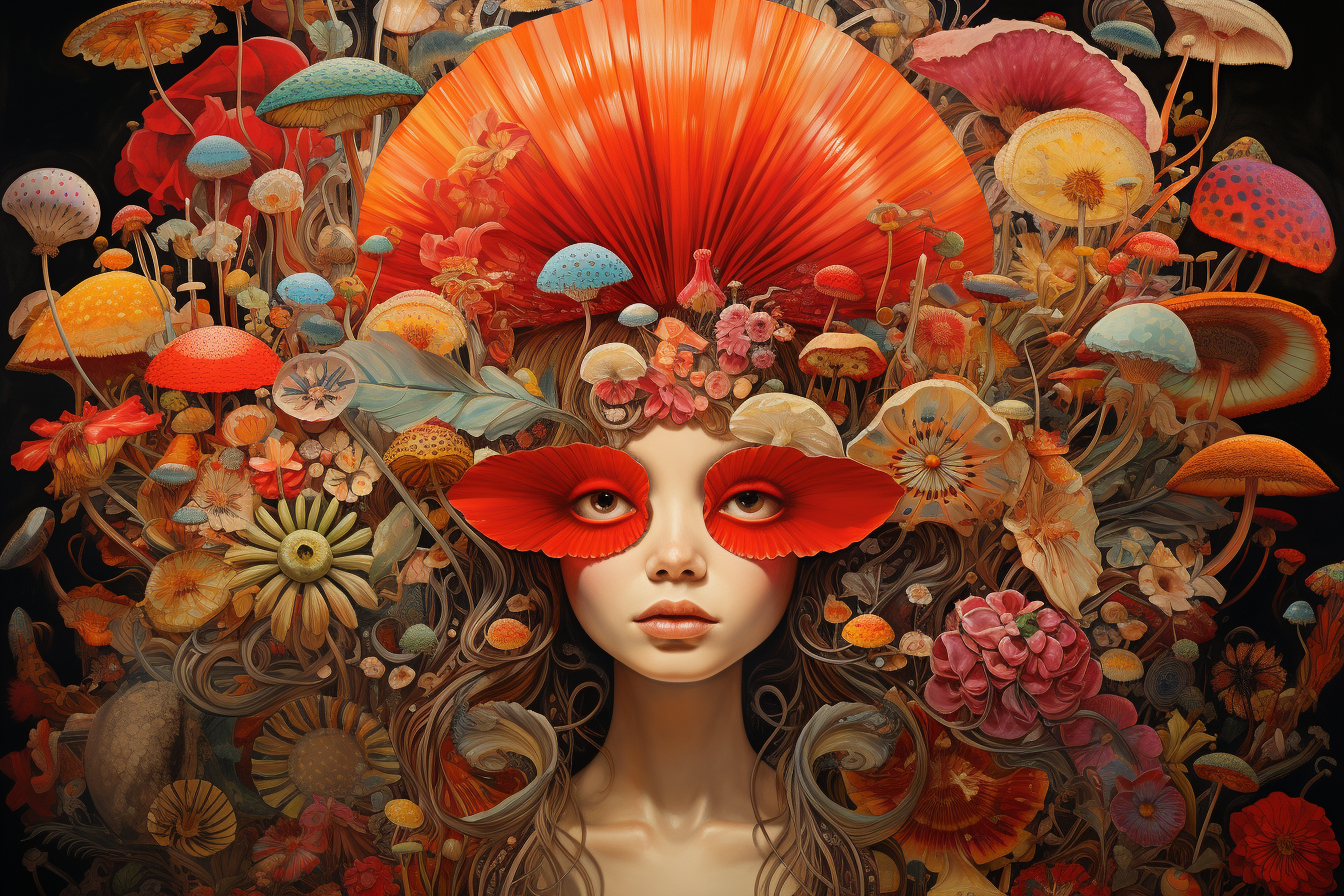


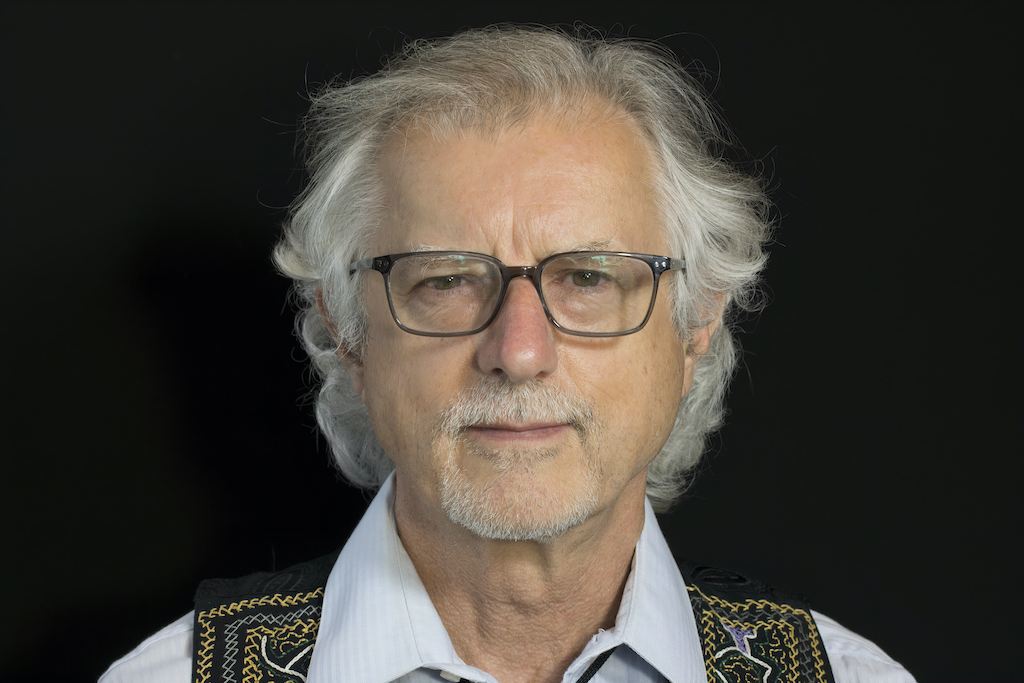


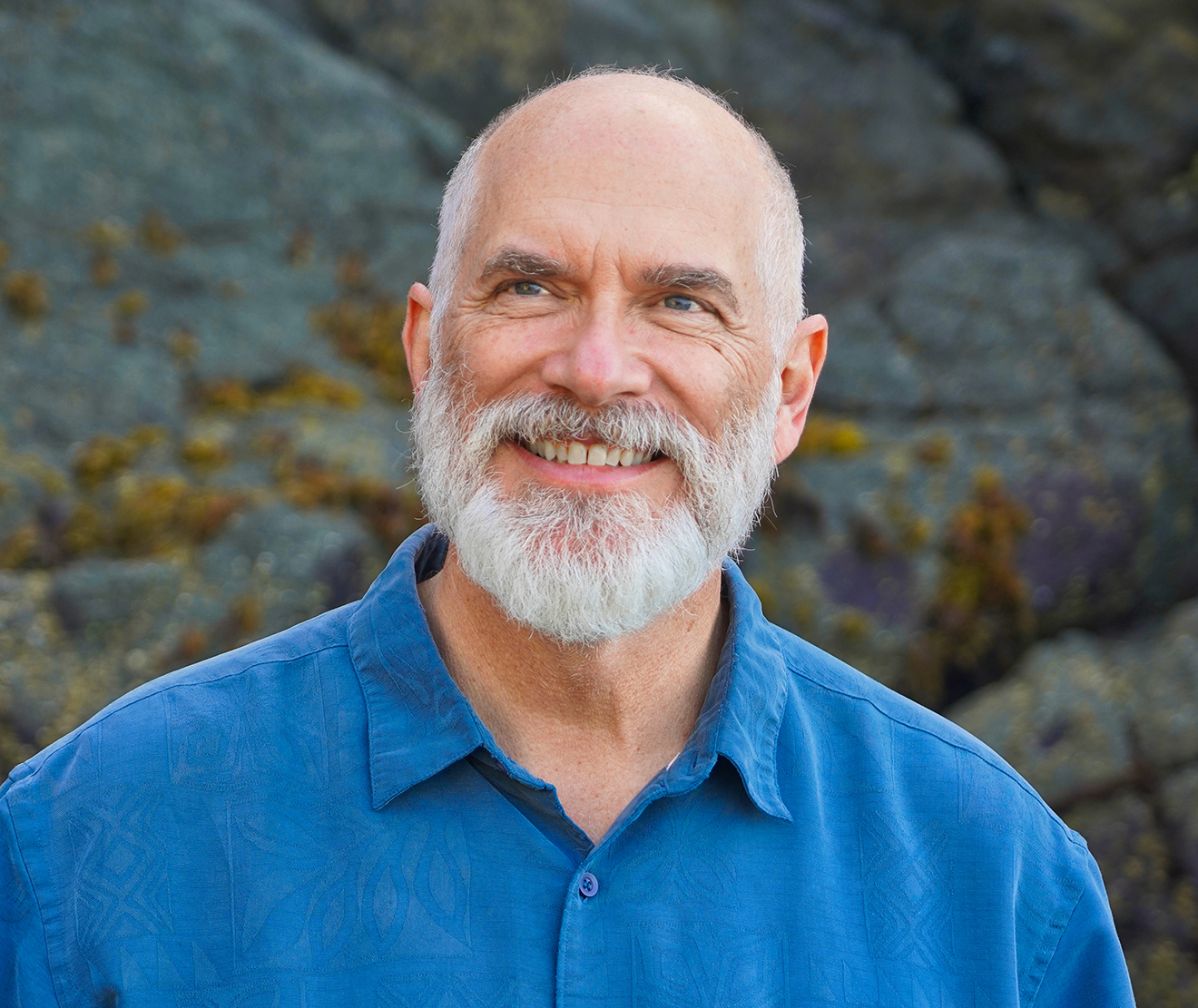
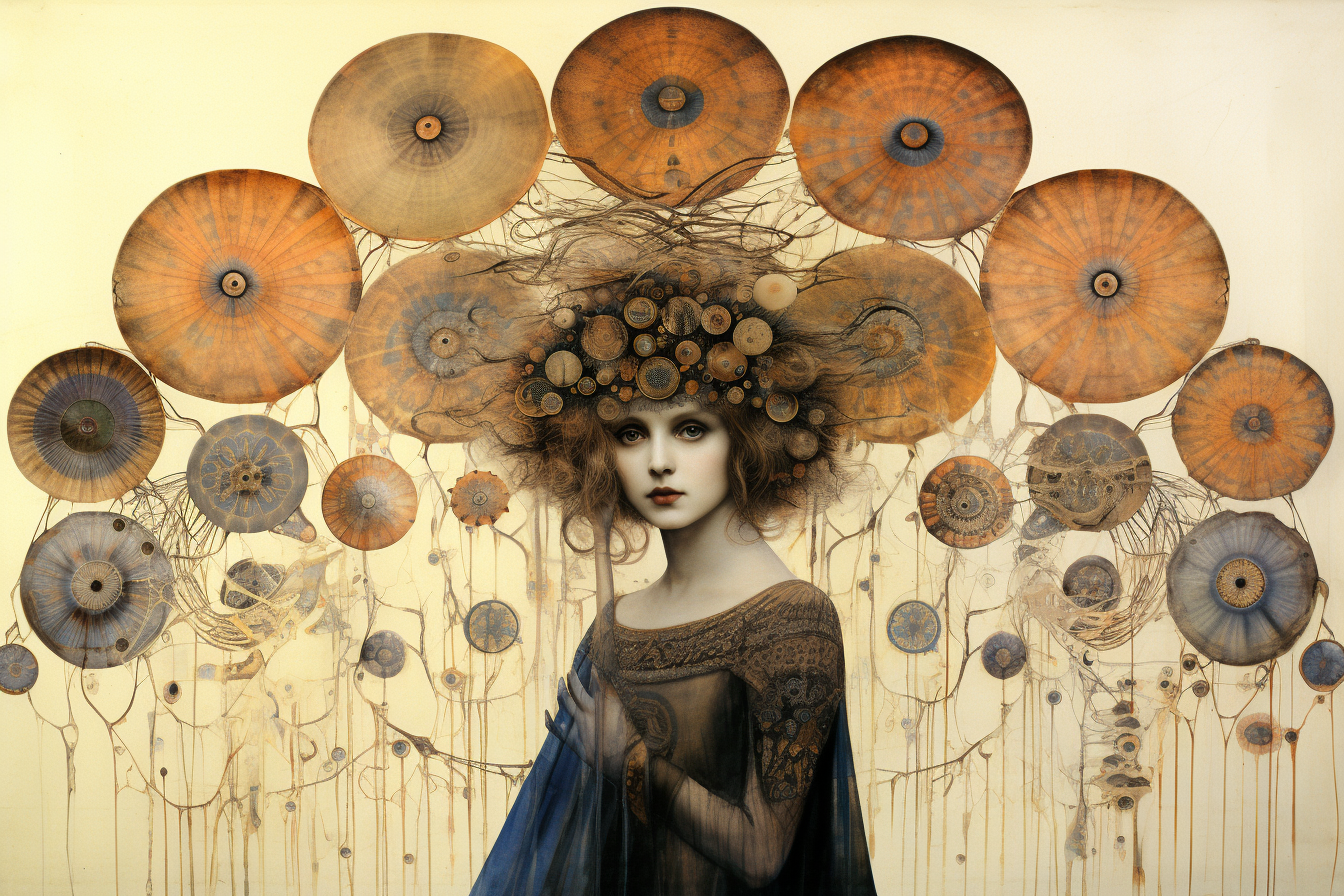


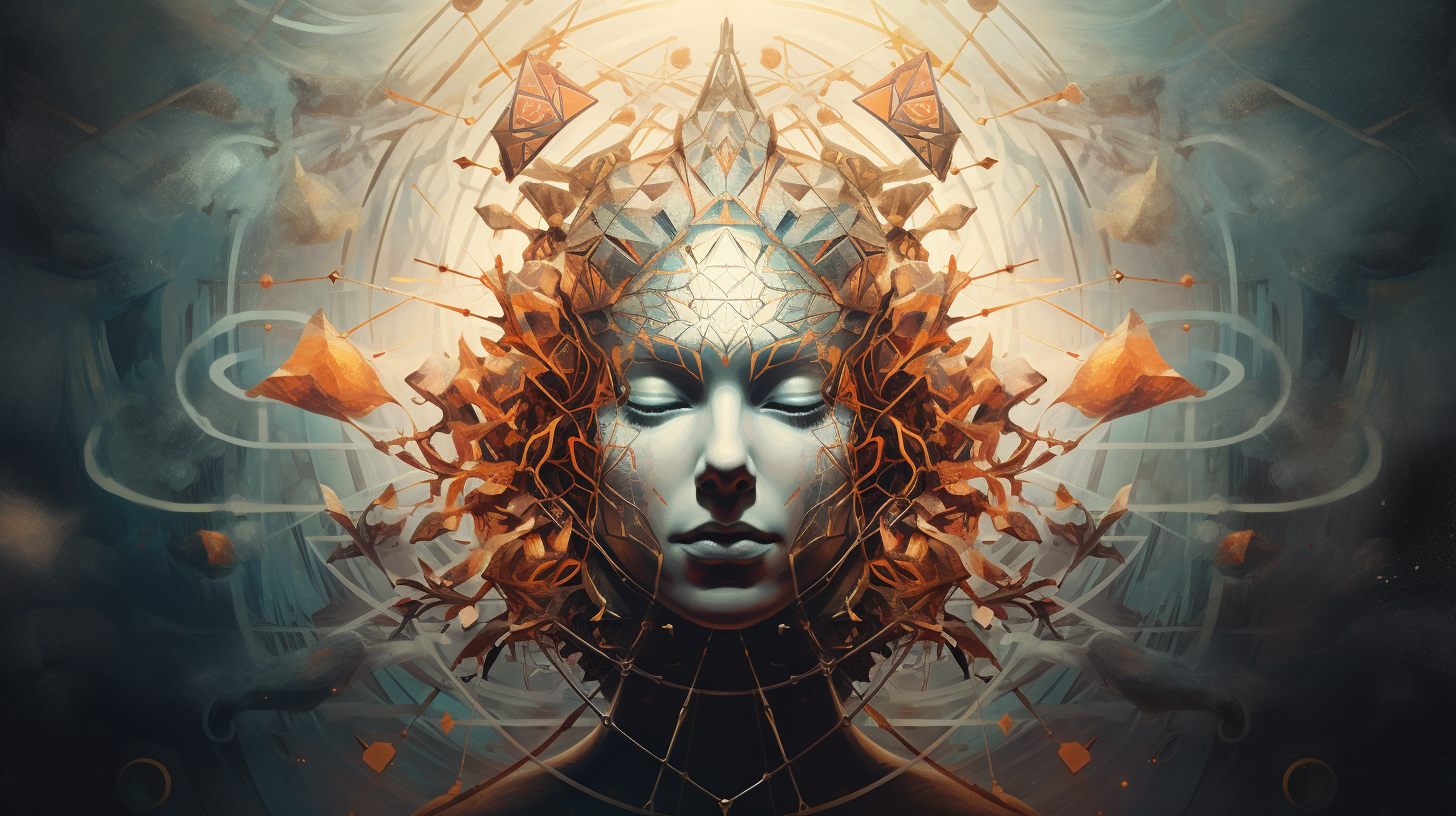




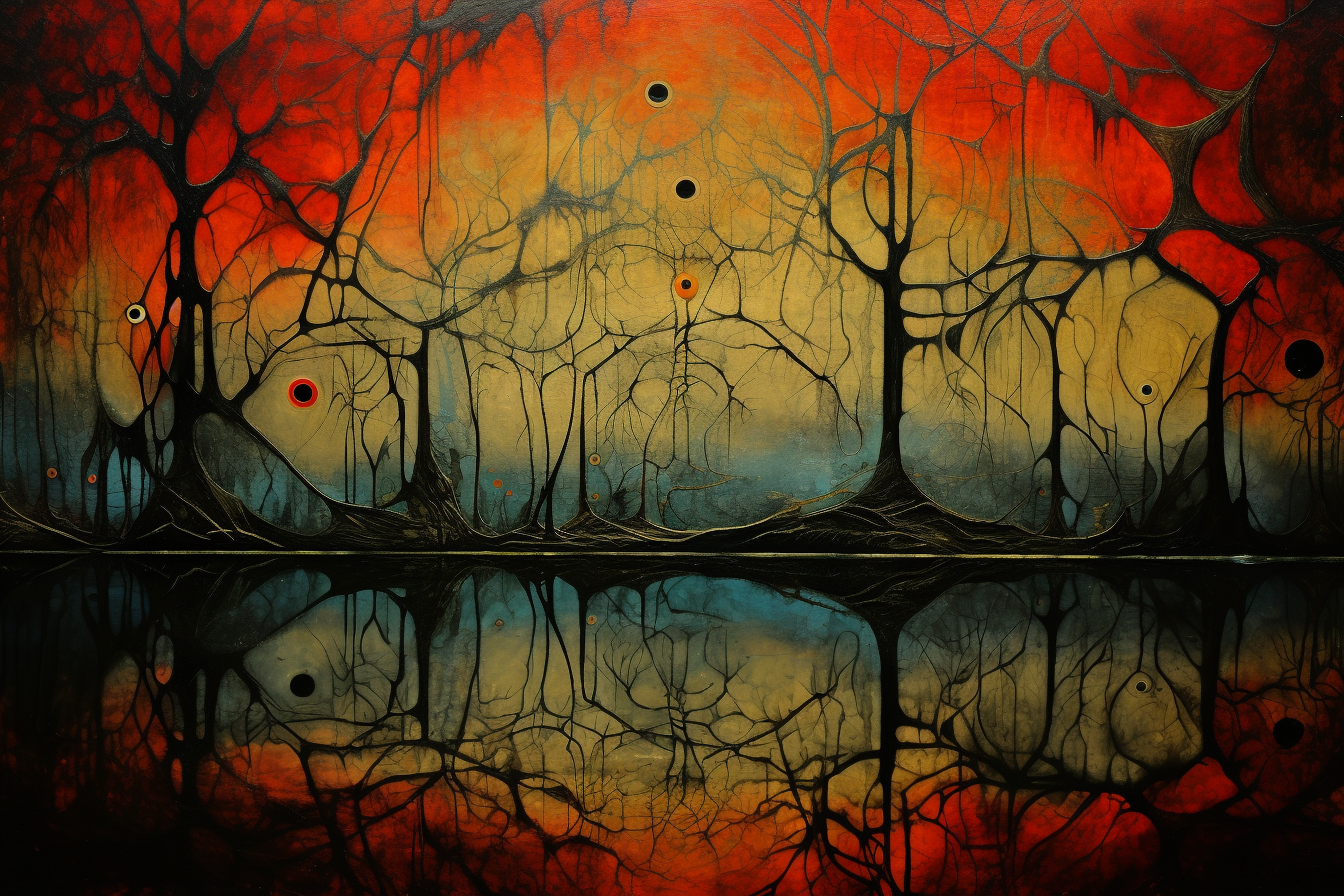



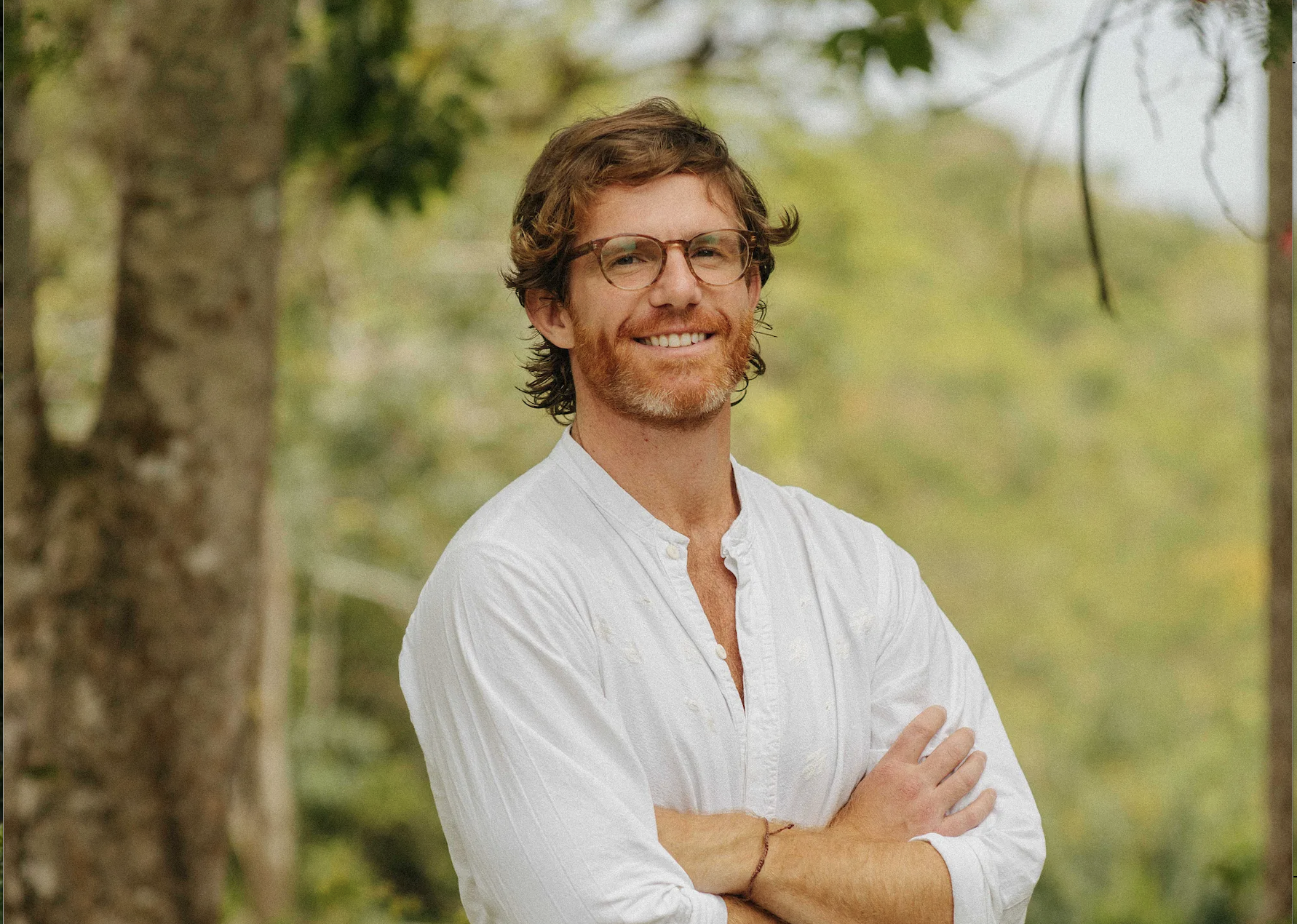






































.png)
.png)

.png)
.png)
.png)
.png)
.png)
.png)
.png)
.png)
.png)
.png)
.png)
.png)




.png)



.png)
.png)
.png)
.png)
.png)
.png)
.png)



